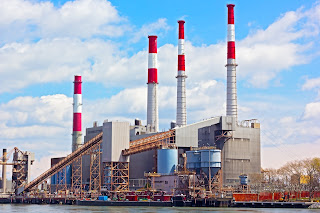 |
| Manifold Valves for Pressure Gauges and Transmitters Pentair - Anderson Greenwood |
A single pressure transmitter or gauge can be served by a simple 2-valve manifold. One valve provides isolation of the instrument from the process. The second valve opens to atmosphere on the instrument side of the isolation valve. This allows the pressure transmitter or gauge to be isolated from the process and connected to a calibration source. Here is a schematic example.
Certainly, any qualified technician can cobble together this arrangement from a pile of valves and fittings. The advantages of using a manifold valve are several.
- High pressure rating
- Reduced leakage potential
- Compact size
- Comparatively rapid installation
There are numerous manifold valve configurations to accommodate any valve and gauge requirement. Manifold valves can also be used in other applications for making effective and convenient connection arrangements between instruments and processes. Share your connectivity challenges and requirements with process instrumentation specialists, combining your process knowledge with their product application expertise to develop the best solutions.




